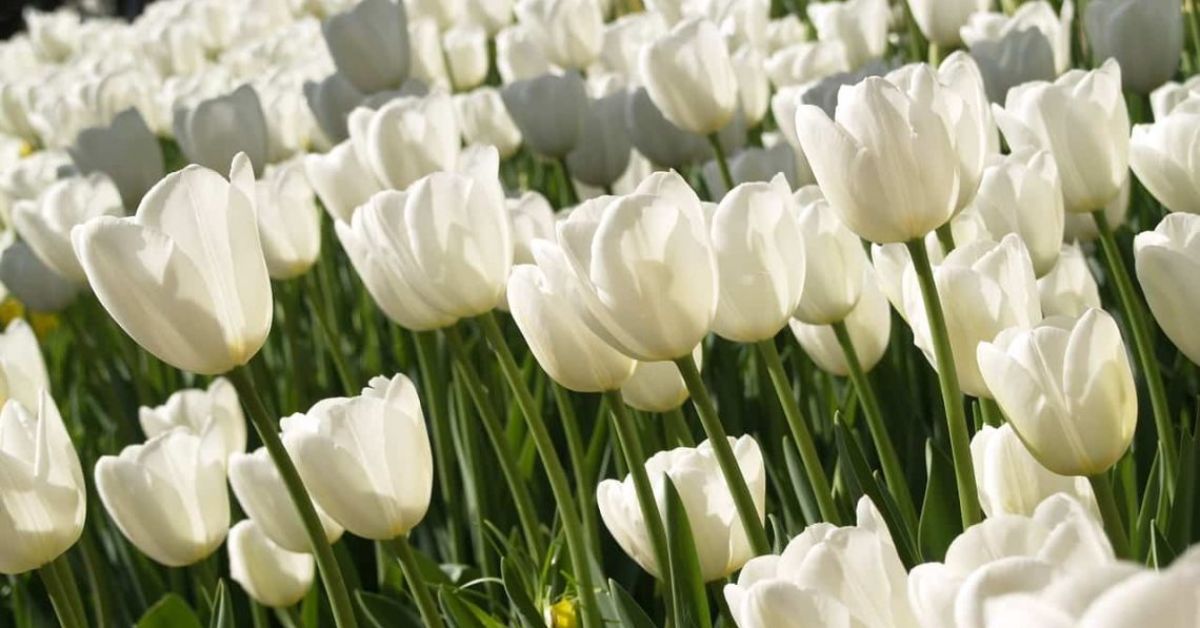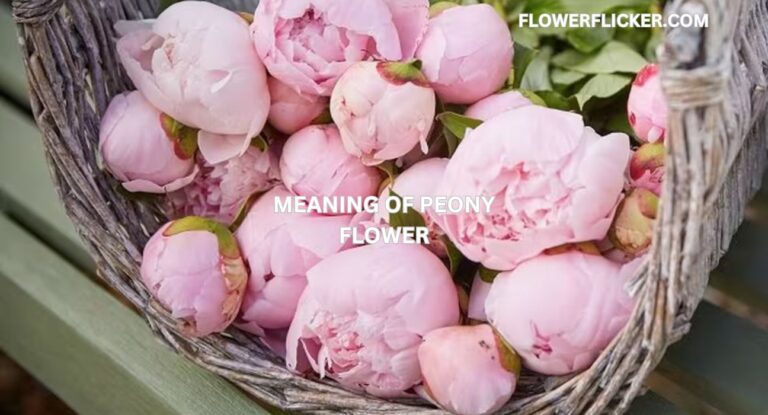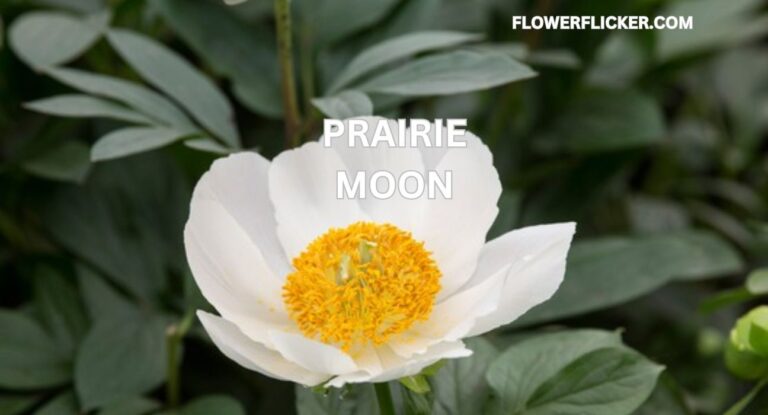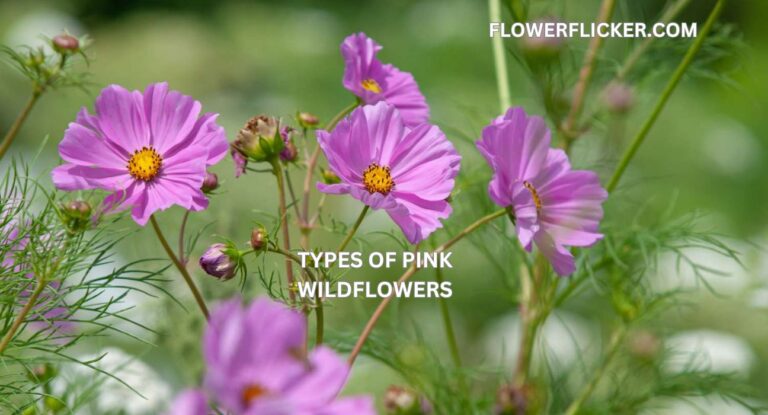15 Gorgeous Flowers That Symbolize Rebirth
15 Gorgeous Flowers That Symbolize Rebirth, delving into their unique meanings and the cultural significance that has adorned them with such esteemed symbolism throughout history. From the delicate petals of cherry blossoms to the striking resilience of daffodils pushing through frosty soil, these flowers not only captivate our senses but also inspire us to embrace change and growth in our own lives.
Floral journey as we uncover how each bloom embodies themes of transformation and rejuvenation—reminders that even after life’s harshest winters, there is always potential for renewal waiting just beneath the surface. Whether you’re seeking inspiration for your garden or looking to understand more about these enchanting blooms, prepare to discover a world where beauty meets profound meaning.
Flowers That Mean Rebirth
In the world of flora, certain flowers carry profound meanings that resonate with themes of renewal and rebirth. The daffodil stands out as a vibrant emblem of spring, often heralding the end of winter’s grip. Its bright yellow petals symbolize not just the awakening of nature but also hope and optimism for new beginnings. Blooming in early spring, daffodils remind us that after every harsh season comes a time for renewal, urging us to embrace fresh starts in our own lives.Uncover the Secret Meanings Behind Flowers That Represent New Beginnings!
- Daffodil
- Calla lily
- White tulip
- Lewisia
- Rain lily
- Australian honeysuckle
- Daisy
- Iris
- Cherry blossom
- Magnolia
- Lilac
- Peony
- Hyacinth
- Lily
- Sunflower
Daffodil
Daffodil flowers, known for their vibrant yellow hues and delicate trumpet shape, symbolize rebirth and renewal across various cultures. Blooming heralds of spring, these cheerful blossoms emerge from the frost, signifying the end of winter’s gloom and the start of a new season filled with possibilities. Their association with fresh beginnings is particularly poignant in folklore; in some traditions, they’re said to embody hope and prosperity for the future.
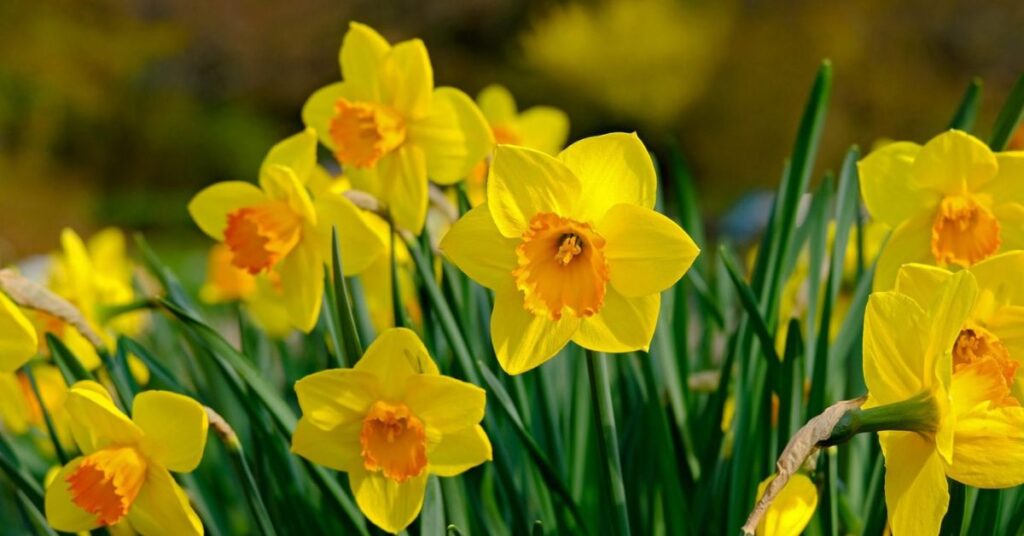
Daffodils apart is not just their beautiful appearance but also their resilience. Emerging from seemingly barren soil after a harsh winter demonstrates nature’s incredible ability to rejuvenate itself. This profound transformation resonates deeply with people facing challenges or transitions in life.
Calla lily
Calla lilies are not just stunning ornamental flowers; they carry profound symbolism, particularly associated with rebirth. Their elegant, trumpet-shaped blooms emerge from the ground in spring, a season often celebrated for awakening and renewal. This connection to the cycle of life makes Calla lilies a powerful emblem for those seeking transformation or new beginnings. In cultures around the world, these flowers are frequently gifted at milestones such as graduations and weddings, reflecting a hopeful transition into a promising future.
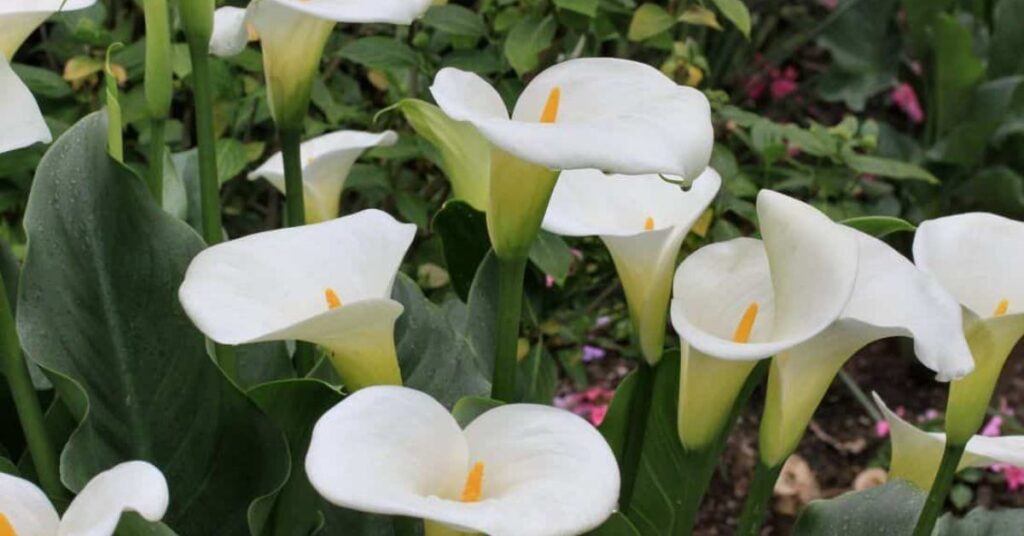
Calla lilies apart is their unique simplicity and versatility. Unlike extravagant blossoms that overwhelm with vibrant hues and complex textures, the Calla lily’s understated beauty draws attention to its deeper message: that even through trials—such as bereavement or personal struggles—one can find strength to rise anew. This resonates especially at times of change, reminding us that just like the flower persevering through winter to bloom again under sunlight, so too can we embrace our own journey towards rejuvenation and growth.
White Tulip
White tulip flowers that represent rebirth, renowned for their elegant petals and pure hue, serve as powerful symbols of rebirth and renewal. In various cultures, these blooms are often associated with the promise of new beginnings and the vitality of fresh starts. The pristine white color embodies innocence and purity, allowing them to stand out during transitions—be it in nature or personal journeys. As spring emerges, these flowers blossom after a long winter’s rest, mirroring our own life cycles where we shed old layers to embrace growth.

White tulips into celebrations or ceremonies can enhance their significance as tokens of rejuvenation. They are frequently used in weddings to signify the beginning of a couple’s shared journey while also gracing memorials as a reminder that from endings come new awakenings. In gardens and floral arrangements alike, they evoke a sense of hope—a gentle nudge that life continuously evolves despite challenges.
Lewisia
Lewisias, with their vibrant blossoms and resilient nature, offer profound symbolism that resonates deeply with the concept of rebirth. Found primarily in the rocky slopes of the western United States, these hardy perennial plants thrive in harsh conditions, embodying the spirit of renewal and transformation. Each bloom serves as a reminder that beauty can emerge from adversity, making Lewisia flowers not just visually stunning but also rich in meaning.

The diverse colors of Lewisia—from soft pinks to striking yellows—reflect various facets of renewal. For instance, when given as gifts during significant life transitions or celebrations, they signify hope and new beginnings. Much like a phoenix rising from its ashes, the presence of Lewisias encourages individuals to embrace change and seek opportunities for personal growth.
Rain lily
Rain lily flowers, scientifically known as Zephyranthes, embody the profound symbolism of rebirth and renewal. These delicate blooms emerge after a refreshing rain, often surprising onlookers with their sudden appearance and vibrant colors. Their ability to flourish in adverse conditions resonates with the cycles of life; just as they burst forth from the earth following downpours, so too do they symbolize the resilience inherent in nature and humanity alike. For garden enthusiasts and spiritual seekers, these flowers are more than just a visual delight—they serve as a reminder that beauty can arise from hardship.

The connection between rain lily flowers and rebirth extends beyond mere aesthetics. In many cultures, these blossoms represent new beginnings, making them popular choices for ceremonies focused on transformation or change. When cultivated in gardens or given as gifts during significant life events—such as moving into a new home or starting a new chapter—rain lilies evoke the promise of growth and revival.
Australian honeysuckle
The Australian honeysuckle, while enchanting in appearance, carries profound symbolism, particularly relating to rebirth. These vibrant flowers, with their delicate, tubular shapes and sweet fragrances, are not just visually impressive; they represent the promise of new beginnings. In Australia’s diverse climate and rich soil, honeysuckles thrive in various forms—each embodying resilience and growth. This inherent adaptability resonates deeply with the themes of renewal that underpin many cultures’ views on life cycles.

Beyond their symbolic significance, Australian honeysuckle blooms also provide practical benefits that support ecological rebirth. The flowers attract a myriad of pollinators essential for maintaining biodiversity in local ecosystems. As bees and birds flock to these blossoms during the blooming season, they inadvertently help propagate other native flora—a natural cycle reflecting rejuvenation within nature itself.
Daisy
Daisy flowers, with their bright petals and cheerful demeanor, signify not just innocence but also the beautiful concept of rebirth. This powerful symbolism is deeply rooted in various cultural beliefs and traditions, where daisies have been used to represent new beginnings and the cyclical nature of life. Each spring, as these flowers bloom anew after a long winter, they remind us of nature’s resilience and our capacity for renewal. Whether placed gently on a loved one’s grave or gifted during moments of transition, daisy flowers serve as poignant reminders that endings can indeed foster fresh starts.

In modern interpretations, daisies captivate audiences beyond their aesthetic charm—they symbolize hope and the belief that change is possible no matter the challenges faced. For those embarking on new chapters—be it personal growth after adversity or starting a family—daisies embody the essence of transformation.
Iris
Iris flowers, with their striking colors and elegant form, are often associated with rebirth and renewal in various cultures. The name Iris itself stems from the Greek word for rainbow, symbolizing hope and new beginnings. Each hue of the iris holds its unique meaning; for instance, purple irises represent wisdom and courage, while blue signifies faith and hope. This vibrant palette makes them a perfect choice for celebrating life’s transitions—whether it be a new chapter in a personal journey or commemorating the cycle of life.

In gardens around the world, irises bloom magnificently in spring, offering solace after winter’s starkness. Their lush appearance serves as a metaphorical reminder that after periods of dormancy come bursts of life and color. Planting iris bulbs can symbolize planting seeds of change within oneself—a powerful act to symbolize letting go of old patterns to embrace a fresh start. In art and literature, these flowers underscore themes of transformation, encouraging us to reflect on our own paths toward renewal amidst life’s uncertainties.
Cherry blossom
Cherry blossom flowers, often synonymous with beauty and delicacy, carry profound meanings that transcend their stunning appearance. Particularly in cultures such as Japan, these ephemeral blooms symbolize not just the fleeting nature of life but also a powerful cycle of rebirth and renewal. As winter melts away into spring, the emergence of cherry blossoms serves as a visual reminder that even after the harshest seasons, vibrant new beginnings are possible. This transformation invites us to reflect on our own personal journeys—how setbacks can usher in reinvention and growth.

Cherry blossoms are deeply tied to themes of hope and spirituality. Many believe that witnessing these flowers in full bloom can inspire people to shed past burdens and embrace new opportunities courageously. Their intricate petals remind us that beauty is often found in impermanence; every bloom signifies the potential for regeneration.
Magnolia
Magnolia flowers, with their lush, creamy petals and enchanting fragrance, have long been symbols of beauty and resilience. Notably associated with rebirth, these blossoms remind us that nature has an inherent ability to renew itself. Each spring, as the trees burst into bloom after a dormancy period, they serve as a powerful metaphor for personal transformation and new beginnings. In many cultures, magnolias are celebrated not just for their aesthetic charm but also for their spiritual significance—a reminder that periods of darkness can lead to illuminating change.
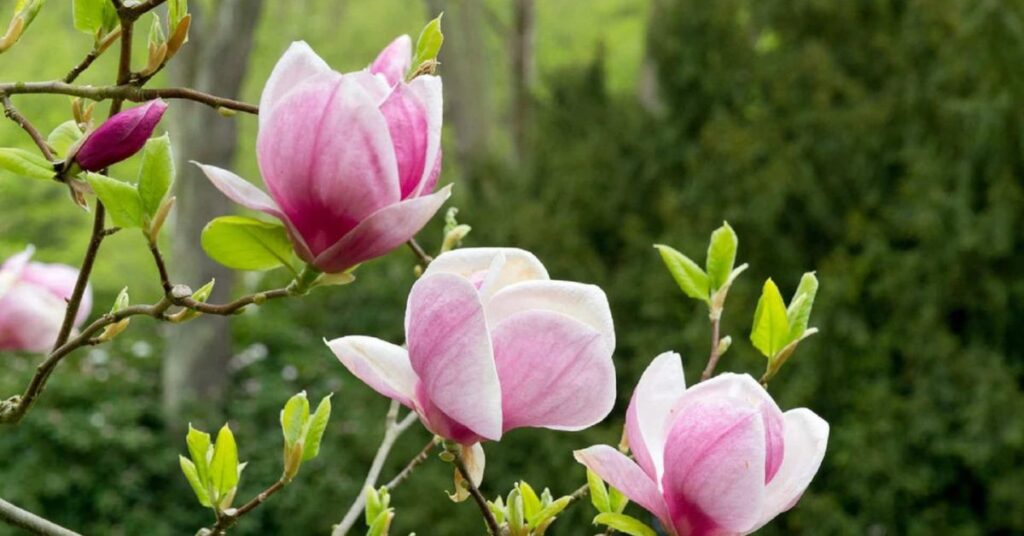
Lilac
Lilac flowers are not just visually stunning; they carry profound symbolic meanings that resonate with the theme of rebirth. Often celebrated for their delicate hues ranging from pale lavender to deep purple, lilacs herald the arrival of spring, embodying renewal and fresh beginnings. In various cultures, these blooms signify a new chapter in life—be it a blossoming relationship or personal transformation—as they emerge vibrantly after winter’s starkness.
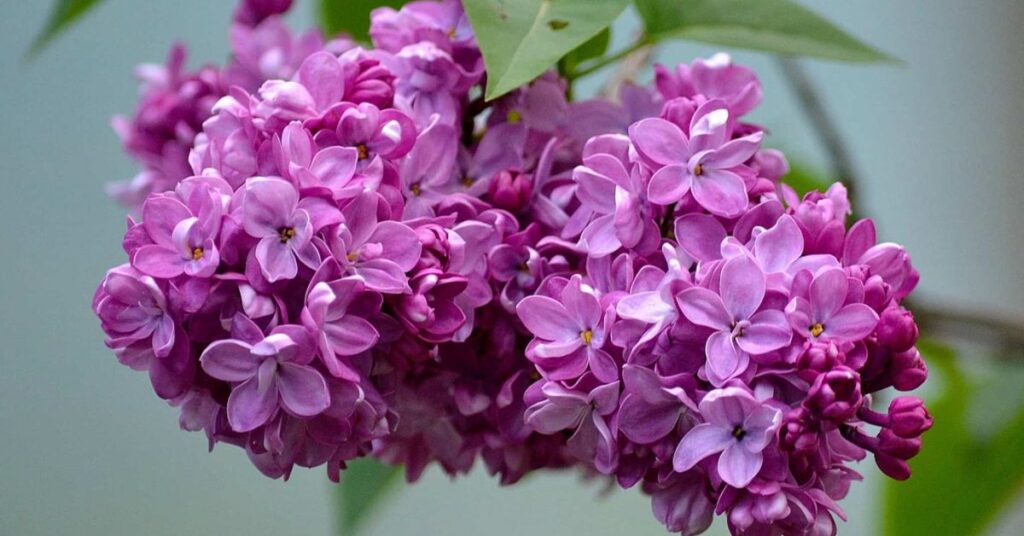
Lilac apart is its unique fragrance, which many believe captures the essence of life’s cyclical nature. The scent has been known to evoke nostalgia and healing, serving as a reminder that even after the coldest seasons come vibrant blooms. Furthermore, in ancient lore, lilacs were associated with love and youthful innocence; thus, gifting someone lilacs could symbolize hope and new opportunities.
Peony
Peony flowers stand as luminous symbols of rebirth, particularly within various cultural contexts. Traditionally celebrated for their lush blooms and captivating fragrance, peonies represent renewal and new beginnings. Their seasonal emergence each spring serves as a reminder of life’s cyclical nature—a vibrant declaration that from the depths of winter comes the promise of warmth and growth. In this way, they mirror our own journeys through challenges and transformations.

In ancient Chinese folklore, the peony was revered as the king of flowers, embodying wealth, good fortune, and even romantic love. These layers deepen when considering their vitality; with roots that can thrive for over fifty years, peonies symbolize enduring life forces ready to emerge after adversity.
Read Also : Peony: Tenacity and Prosperity
Hyacinth
Hyacinth flowers representing rebirth, renowned for their vibrant colors and intoxicating fragrance, carry deep symbolism across various cultures, particularly representing themes of rebirth and renewal. When these blossoms burst into bloom in early spring, they herald the end of winter and a fresh start for nature. In many traditions, the emergence of hyacinths is seen as a metaphor for personal growth—suggesting that just as these flowers rise from the cold earth, so too can individuals overcome life’s struggles and blossom anew.
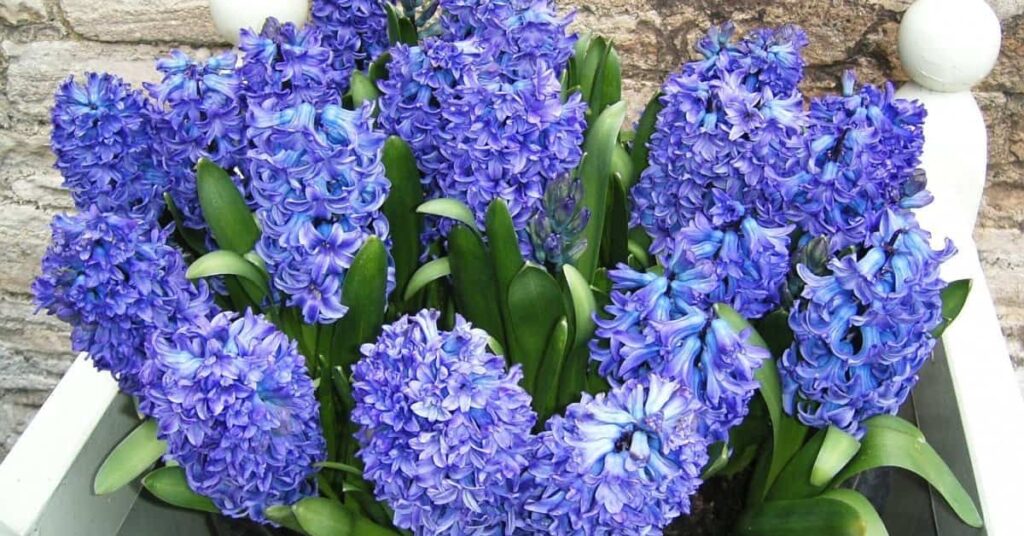
The hyacinth’s historical significance further enhances its association with rebirth. In ancient Greek mythology, the flower sprang from the blood of Hyacinthus, a young man cherished by Apollo. This myth encapsulates the idea that beauty can arise from tragedy—a poignant reminder that difficult experiences often pave the way for transformation.
Lily
Lily flowers representing rebirth, renowned for their breathtaking beauty, carry profound meanings across various cultures. Among them, the white lily stands out as a symbol of rebirth and renewal. These delicate blooms often grace spiritual ceremonies and celebrations of life, making them an ideal representation of new beginnings.
In many traditions, the emergence of lilies during spring parallels nature’s revitalization after winter’s slumber; thus, they serve as a reminder that life continuously cycles through phases of growth and regeneration.

The vibrant pink lily embodies similar themes but leans more towards the celebration of love and compassion in times of transformation. The duality between these color variations speaks to life’s multifaceted nature—how we can embrace change while nurturing our emotions during transitions. Utilizing lilies in personal spaces or gifting them during poignant moments can inspire reflection on past struggles while also celebrating future possibilities, effectively making them floral tokens of hope and rejuvenation wherever they bloom.
Sunflower
Sunflowers are more than just vibrant blooms that capture the sun’s warmth; they symbolize rebirth and renewal in various cultures and traditions. Known scientifically as Helianthus, these flowers possess a unique ability to track the sun’s movement, a phenomenon known as heliotropism. This attribute deepens their association with rejuvenation, embodying the cycle of growth where life rises anew each day. In many spiritual contexts, the sunflower represents loyalty and adoration, making it a favorite choice for celebrations centered around new beginnings.

Conclusion
Flowers have long been symbols of rebirth and renewal, each carrying its unique message and significance. From the resilient daffodil that heralds the arrival of spring to the vibrant lotus that rises from murky waters, these blooms remind us of nature’s capacity for regeneration. Understanding the meanings behind these flowers can enhance our appreciation for their beauty and role in various cultures.
Whether you choose to plant them in your garden or gift them to a loved one, infusing your life with these symbols of renewal can inspire hope and new beginnings. Explore these 15 flowers and consider how they can serve as powerful reminders of life’s ever-present potential for transformation.
Summary Of 15 Gorgeous Flowers That Symbolize Rebirth
| Number | Flower Name | Flower Color(s) | Symbolism of Rebirth |
| 1 | Daffodil | Yellow, white | Perseverance, new beginnings |
| 2 | Calla lily | White | Purity, innocence, resurrection |
| 3 | White tulip | Red | Perfect love, rebirth after hardship |
| 4 | Lewisia | Pink, purple, white | Delicate beauty emerging from harsh environments |
| 5 | Rain lily | Pink, purple, white | Ephemeral beauty blooming after rain, new beginnings |
| 6 | Australian honeysuckle | Yellow, orange, red | Resilience, thriving in dry conditions |
| 7 | Daisy | White | Innocence, purity, hope for the future |
| 8 | Iris | Purple | Wisdom, hope, faith |
| 9 | Cherry blossom | Pink, white | Resilience, thriving in dry conditions |
| 10 | Magnolia | White | Renewal, fleeting beauty, new beginnings |
| 11 | Lilac | Purple, white | Springtime, new beginnings, innocence |
| 12 | Peony | Pink, red, white, yellow | Passion, prosperity, new life |
| 13 | Hyacinth | Purple, blue, white, yellow | Rebirth, new life after sorrow |
| 14 | Lily | Orange, yellow, red, pink | Resilience, overcoming challenges |
| 15 | Sunflower | Yellow | Joy, happiness, admiration, new beginnings |
FAQs
Which flowers represent new beginnings?
Flowers that symbolize new beginnings are the daffodil. Often one of the first blooms to emerge in spring, daffodils are associated with renewal and the promise of warmer days ahead. Their bright yellow petals evoke feelings of optimism and joy, making them a popular choice for celebrations like Easter and other springtime events.
Flowers That Symbolize Death And Rebirth?
Flowers have long been associated with various meanings, including themes of death and rebirth. One of the most notable flowers that symbolize this duality is the lotus. In many cultures, particularly in Buddhism and Hinduism, the lotus flower represents purity and spiritual awakening. It grows in muddy waters but rises above the surface to bloom beautifully, making it a powerful symbol of rebirth and resilience following adversity.

